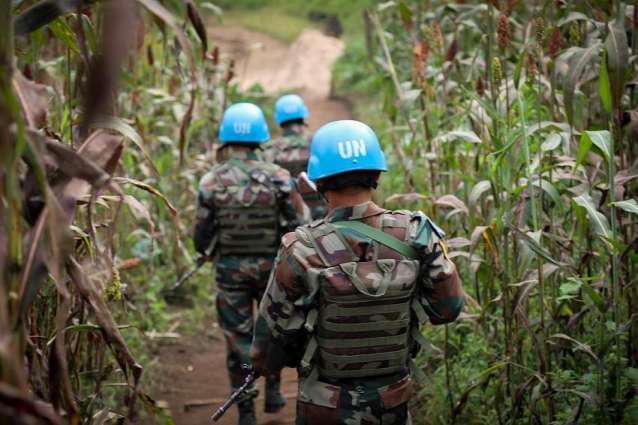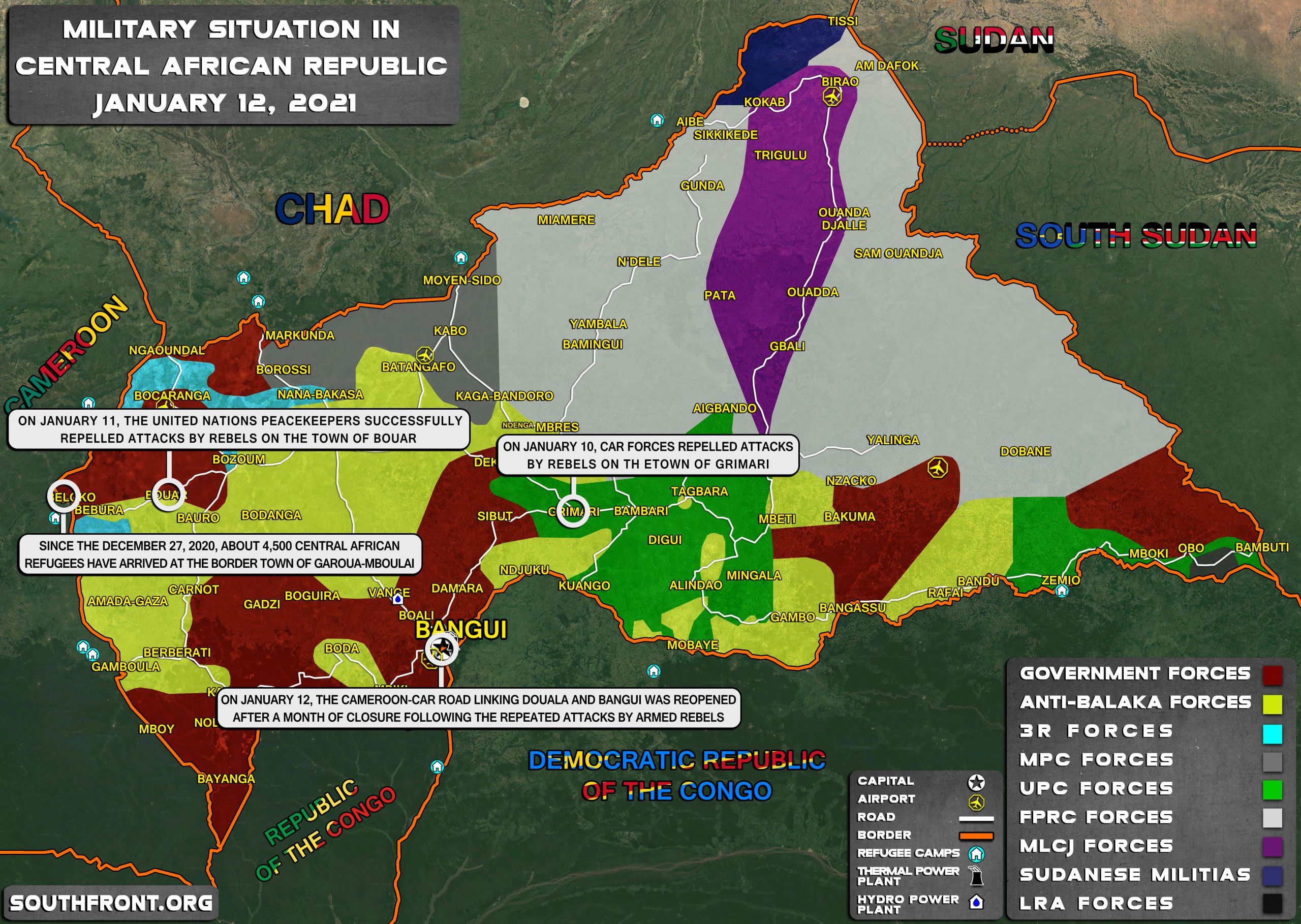You can read this article in German. LINK
On January 12th, the road between Cameroon’s port city of Douala to the Central African Republic (CAR)’s capital Bangui resumed, after being closed for over a month.
The decision came after a meeting on January 11th between CAR government officials and the UN peacekeeping mission which agreed to accompany convoys transporting goods from Cameroon into the war-torn country.
“In agreement with MINUSCA [United Nations Multidimensional Integrated Stabilization Mission in the Central African Republic], traffic will resume on Tuesday, January 12, 2021. MINUSCA will ensure the protection of each convoy with air support,” CAR’s Prime Minister Firmin Ngrebada announced.
Ngrebada also said they had decided to set up a crisis unit to specifically manage this issue which has had a huge impact on the Central African economy.
“An assessment of the situation will be made three days after the resumption of traffic,” he said.
Prior to this, United Nations peacekeepers successfully repelled two-weekend attacks by rebels on towns in the Central African Republic.
The western city of Bouar, which lies around 340 kilometers (210 miles) northwest of Bangui, came under attack on January 9th.
UN peacekeepers and Central African forces “pushed back the fighters… during heavy fighting,” MINUSCA spokesman Vladimir Monteiro said in a statement. He added that MINUSCA had deployed “air assets”.
Two French fighter jets also flew over the area to support CAR troops, a French military contingent protecting Bangui’s airport said.
On January 10th, armed groups fired rockets while attempting to force their way into a MINUSCA camp in the city of Grimari, 300 kilometers (185 miles) from the capital, said Abdoulaziz Fall, spokesman for the UN’s peacekeeping force in the country.
“This is the third-straight day that armed groups targeted (MINUSCA’s) Burundian detachment in Grimari, which again managed to push them back,” he said.
MINUSCA said that one Central African soldier had been wounded during the clashes in Grimari.
Six of the country’s most powerful armed groups, which have controlled two-thirds of the country since the start of a civil war in 2013, joined forces in mid-December to try to stop the presidential and parliamentary election.
The vote was nonetheless held on December 27, with President Faustin Archange Touadera winning re-election according to the electoral authority. The Constitutional Court has until January 19 to validate the result.
The opposition has called for the election to be annulled, saying there were “many irregularities and instances of fraud” and that only half of the registered voters were able to cast a ballot due to security concerns.
– On January 11, the United Nations peacekeepers successfully repelled attacks by rebels on the town of Bouar
– On January 10, CAR forces repelled attacks by rebels on the town of Grimari
– On January 12, the Cameroon-CAR road linking Douala and Bangui was reopened after a month of closure following the repeated attacks by armed rebels
– Since the December 27, 2020, about 4,500 Central African refugees have arrived at the border town of Garoua-Boulai
MORE ON THE TOPIC:







